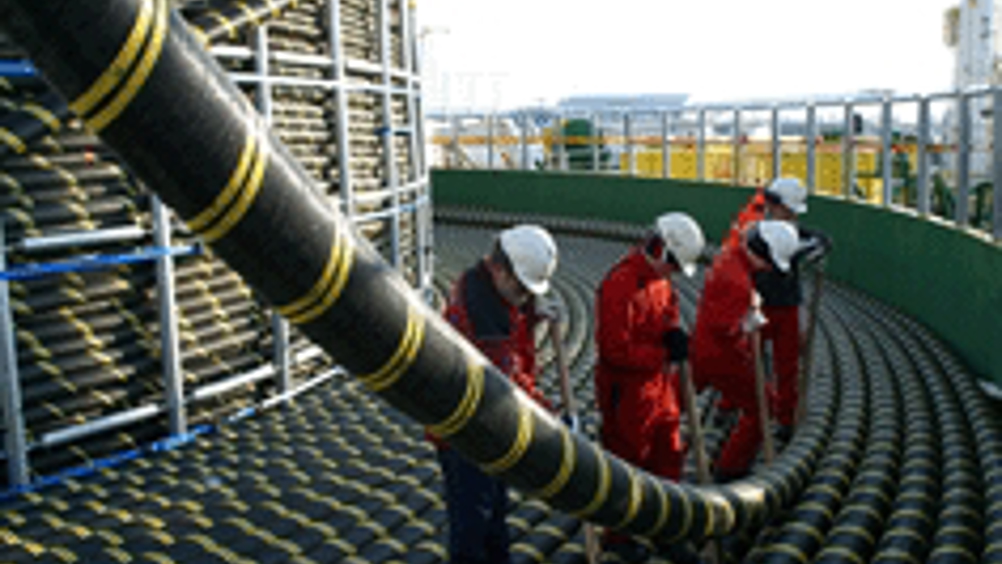Subsea cable set to improve internet connectivity in Africa
Engineers have laid the final section of a subsea cable that stretches from London to the Western Cape and is promised to improve internet connectivity for parts of Africa.

The 14,000km West Africa Cable System (WACS) will connect around 12 countries in all — including Namibia, the Democratic Republic of Congo, the Republic of Congo and Togo — which have never had direct access to a submarine communications cable.
The WACS is said to guarantee a total capacity of 5.12tbit/sec and a policy of ‘open access’ to increase competition and encourage more widespread internet use, particularly in rural areas. Only about 10 per cent of Africans are web users, compared with 65 per cent of Europeans.
Africa’s fibre-optic connections have improved in the past few years with the introduction of several subsea cables, including the SAT-3, SAFE SEACOM and EASSy projects. However, the WACS will have a greater capacity than all these combined when it comes online in 2012.
The WACS is controlled by a consortium of companies including Angola Cables, Broadband Infraco, Cable & Wireless, Congo Telecom, MTN, Office Congolais des Postes et Télécommunications, Portugal Telecom/Cabo Verde Telecom, Tata Communications/Neotel, Telecom Namibia, Telkom, Togo Telecom and Vodacom.
Register now to continue reading
Thanks for visiting The Engineer. You’ve now reached your monthly limit of news stories. Register for free to unlock unlimited access to all of our news coverage, as well as premium content including opinion, in-depth features and special reports.
Benefits of registering
-
In-depth insights and coverage of key emerging trends
-
Unrestricted access to special reports throughout the year
-
Daily technology news delivered straight to your inbox










UK Enters ‘Golden Age of Nuclear’
Anybody know why it takes from 2025 to mid 2030's to build a factory-made SMR, by RR? Ten years... has there been no demonstrator either? Do RR...